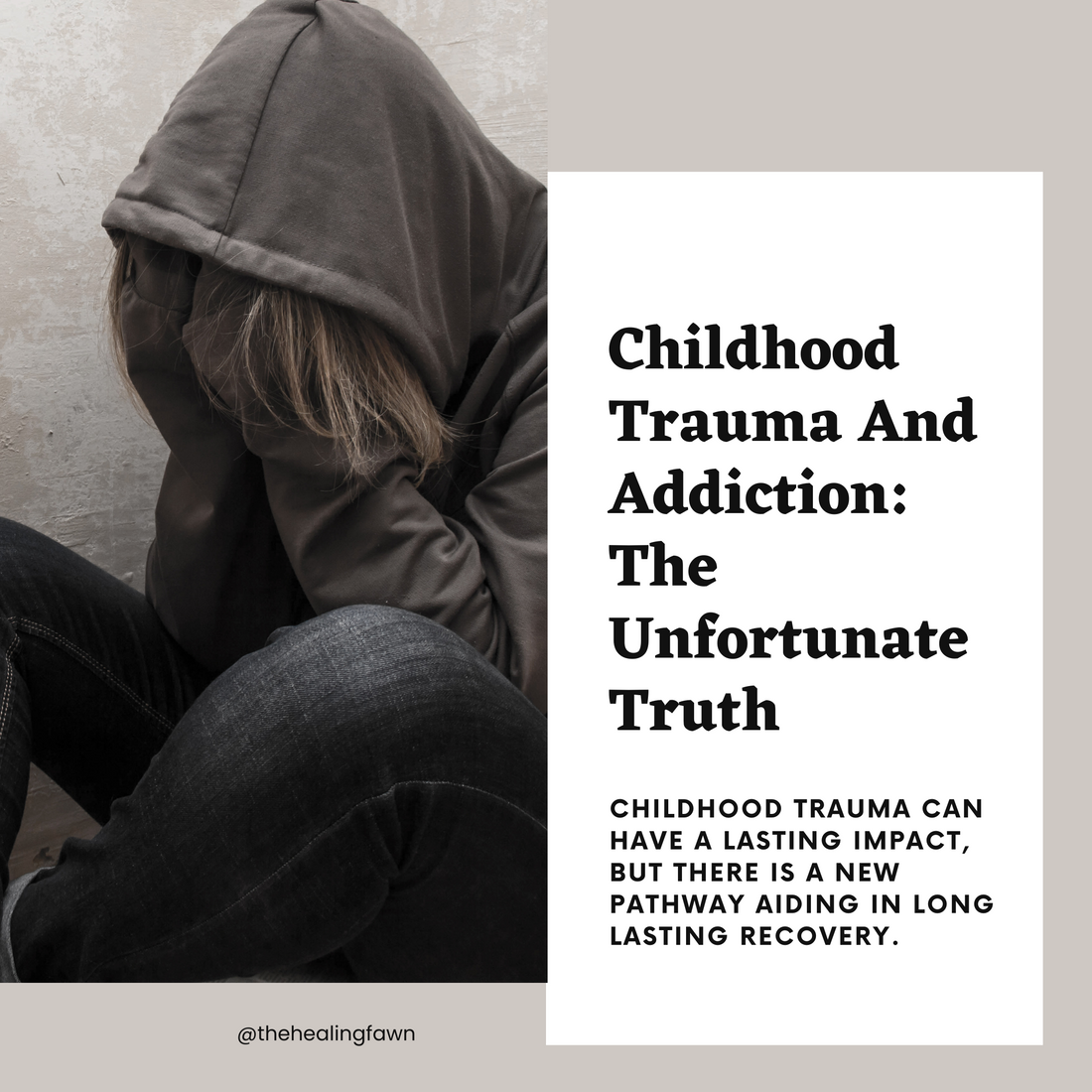Addiction can stem from childhood trauma, but inner child work and somatic therapy offer a new form of recovery. Let's explore this innovative approach.
Childhood Trauma: Definition and Impact
Definition
Childhood trauma refers to any experience that overwhelms a child's capacity to cope, leading to adaptations that create lifelong impacts on regulation of mood, behavior, and cognition.
Impact
Childhood trauma increases the risk of addiction, depression, anxiety, and other mental health issues. It also increases the risk of chronic diseases, like heart disease and cancer.
Recovery
Recovery from childhood trauma requires identifying the effects, understanding the triggers, inner child work, childhood reparenting and nervous system regulation.
Addiction: Types and Causes
Types
Addiction comes in many forms including substance abuse, gambling, food and sex addiction.
Causes
Addiction can result from a range of factors, including childhood trauma, PTSD, anxiety, stress, and adverse childhood experiences.
Triggers
Triggers for addiction can include any person, place or thing that mimics an unresolved previous trauma, social media, financial stress, and environmental factors like social pressures and dysfunctional relationships.
Inner Child Work: A Key to Recovery
What is it?
Inner child work is a process that involves accessing and healing the wounded inner child through techniques such as visualization, meditation, and self-reflection.
Why does it work?
By reconnecting with our inner child, we are able to heal past wounds, recognize negative patterns, and develop a new sense of self-awareness and self-compassion.
How to do it?
Inner child work can be done through therapy, guided visualization, journaling, or alone through self-reflection and self-soothing techniques like breathwork and meditation.
Somatic Therapy: Healing through the Body
Definition
Somatic therapy is a form of therapy that focuses on the mind-body connection by promoting physical awareness and utilizing the body's natural ability to heal.
Techniques
Techniques used in somatic therapy include bodywork, breathwork, movement therapy, and other body-centered psychotherapies.
Benefits
The benefits of somatic therapy include increased self-awareness, emotional regulation, stress relief, and greater self-compassion.
Combining Inner Child Work and Somatic Therapy for Effective Recovery
The Power of Integration
Combining inner child work and somatic therapy creates a powerful pathway for recovery.
Benefits:
- Increased self-awareness
- Better emotional regulation
- Reduced stress
- Greater self-compassion

The Mind-Body Connection
By targeting both the mind and body, this approach allows individuals to access physical sensations, emotions, and beliefs, leading to greater healing and recovery.
Conclusion: The Power of Inner Child Work and Somatic Therapy in Addiction Recovery
Transformation
By engaging in inner child work and somatic therapy, individuals can transform their lives and overcome addiction.
Hope
There is hope for addiction recovery through new pathways of therapy. Inner child work and somatic healing offer a solution for those struggling with addiction.
The Journey
Recovery is a journey, and this unique approach provides a roadmap for individuals to move towards sustainable healing and growth.
https://gamma.app/public/Addiction-and-Childhood-Trauma-A-New-Pathway-for-Recovery-1qdqw1r93dwmy4a
